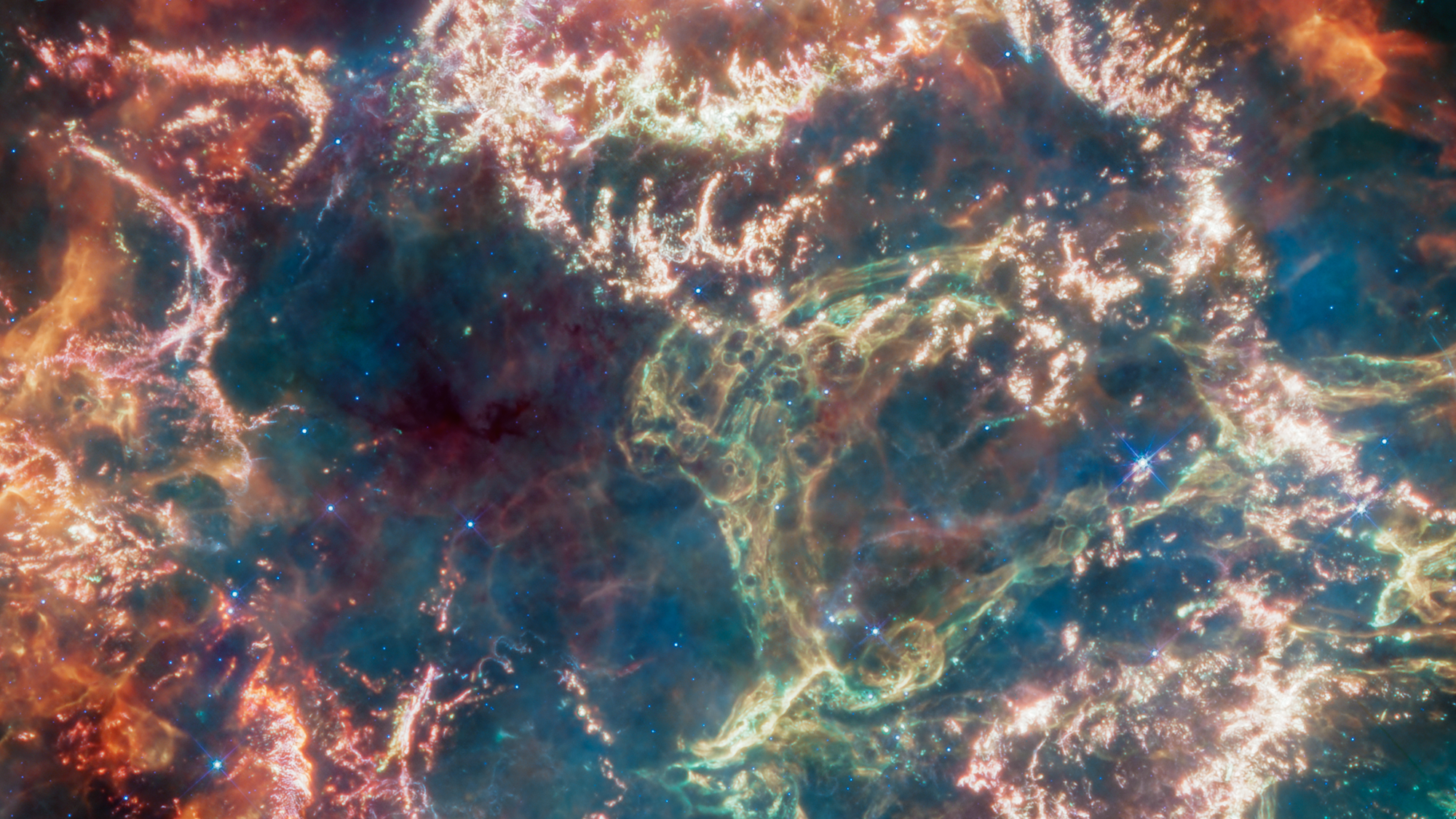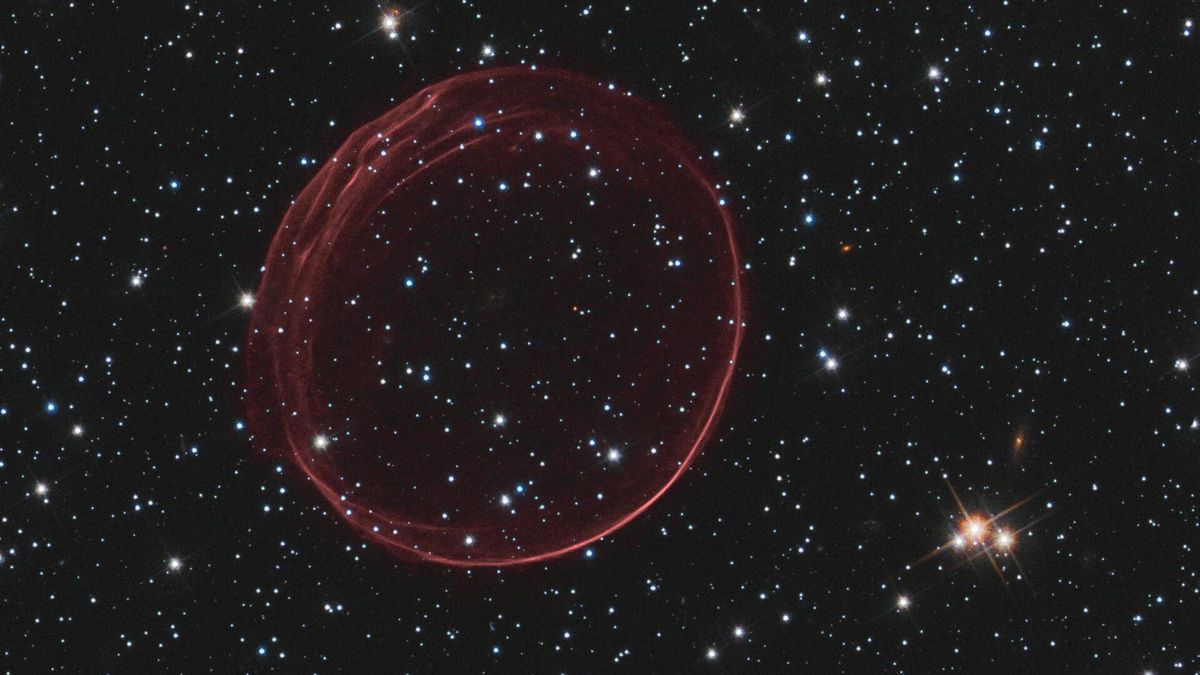![Archaeoastronomy - Wikipedia Archaeoastronomy (also spelled archeoastronomy) is the interdisciplinary[1] or multidisciplinary[2] study of how people in the past](https://upload.wikimedia.org/wikipedia/commons/thumb/3/39/Newgrange%2C_Ireland_001.jpg/1200px-Newgrange%2C_Ireland_001.jpg)
Archaeoastronomy - Wikipedia
Archaeoastronomy (also spelled archeoastronomy) is the interdisciplinary[1] or multidisciplinary[2] study of how people in the past "have understood the phenomena in the sky, how they used these phenomena and what role the sky played in their cultures".[3] Clive Ruggles argues it is misleading to consider archaeoastronomy to be the study of ancient astronomy, as modern astronomy is a scientific discipline, while archaeoastronomy considers symbolically rich cultural interpretations of phenomena in the sky by other cultures.[4][5] It is often twinned with ethnoastronomy, the anthropological study of skywatching in contemporary societies. Archaeoastronomy is also closely associated with historical astronomy, the use of historical records of heavenly events to answer astronomical problems and the history of astronomy, which uses written records to evaluate past astronomical practice.[6]
Archaeoastronomy uses a variety of methods to uncover evidence of past practices including archaeology, anthropology, astronomy, statistics and probability, and history.[7] Because these methods are diverse and use data from such different sources, integrating them into a coherent argument has been a long-term difficulty for archaeoastronomers.[8] Archaeoastronomy fills complementary niches in landscape archaeology and cognitive archaeology. Material evidence and its connection to the sky can reveal how a wider landscape can be integrated into beliefs about the cycles of nature, such as Mayan astronomy and its relationship with agriculture.[9] Other examples which have brought together ideas of cognition and landscape include studies of the cosmic order embedded in the roads of settlements.[10][11]














